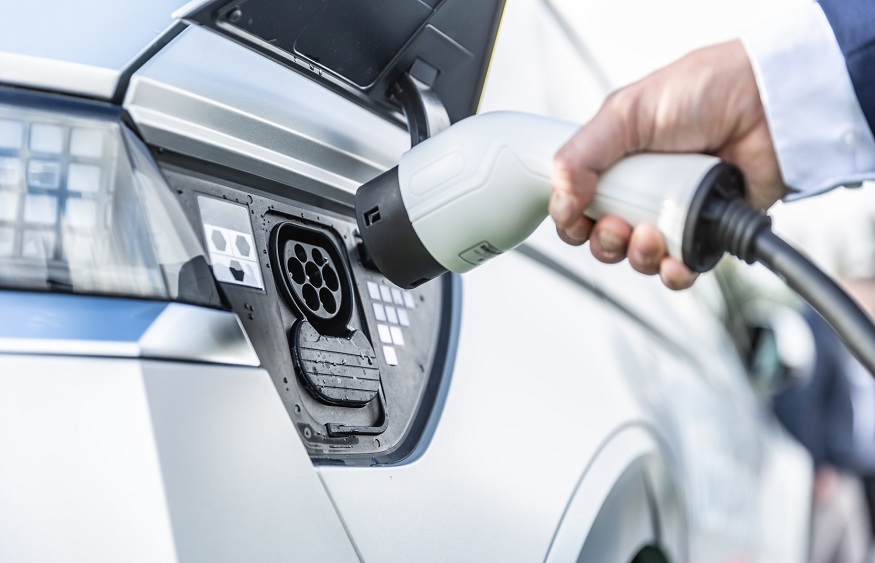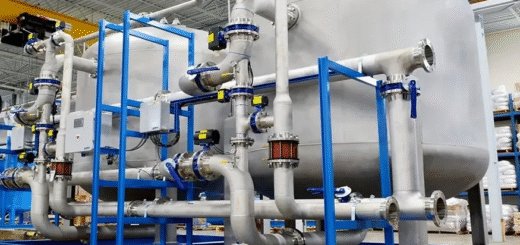The Future of Renewable Charging for Electric Vehicles

As the world shifts toward sustainable energy sources, the adoption of electric vehicles (EVs) has become a key component of reducing carbon emissions and combating climate change. However, one of the challenges that remains for widespread EV adoption is the infrastructure required for charging. While public charging stations are growing in number, home charging solutions have become an increasingly popular and efficient way to ensure that EV owners can conveniently and affordably keep their vehicles powered.
Integration with Renewable Energy Systems
As energy demands continue to rise, integrating home charging systems with renewable energy sources, such as wind and sunlight, offers a sustainable and efficient solution. These systems work by harnessing energy from renewable sources, which can then be stored in home-based energy storage systems, ready for use when needed. Solar company Phoenix AZ not only helps reduce reliance on grid electricity but also ensures that the energy used to power EVs is sourced from environmentally friendly channels. Over time, as technology advances, these systems will become more cost-effective and efficient, providing homeowners with the ability to generate and store their own energy. In areas with abundant renewable resources, such as regions with high levels of sunlight or wind, this integration can help reduce the overall cost of charging, making it a viable and attractive option for more people. Additionally, with smart energy management systems, homeowners can optimize their energy use, ensuring that the energy generated is used in the most efficient way possible, helping to further reduce both costs and environmental impact.
Increased Energy Storage Efficiency
A key component in the successful implementation of home charging systems powered by renewable energy is the ability to efficiently store the generated power. Advances in battery storage technology are crucial for ensuring that energy collected during the day can be used during the evening or during periods of high demand. As battery technology improves, storage systems are becoming more compact, affordable, and capable of holding greater amounts of energy. With higher storage capacity, homeowners can not only store enough energy to charge their EVs but also power their homes during periods when renewable generation might be low, such as during cloudy days or at night. These advancements make home charging solutions more reliable and practical, providing an additional layer of security in case of grid failures or other disruptions. Furthermore, as battery systems become more durable and longer-lasting, they will reduce the need for frequent replacements, lowering the overall cost of ownership for consumers. Enhanced storage capacity and efficiency will be pivotal in reducing dependence on fossil fuels and supporting the transition to a more sustainable energy future.
Cost Reduction and Accessibility
Over the past few years, the cost of installing and maintaining systems that integrate solar Phoenix with home charging stations has steadily decreased. As the technology becomes more widely adopted and economies of scale take effect, the cost of these systems is expected to continue to drop, making them more accessible to a broader range of homeowners. Government incentives and subsidies are also playing a crucial role in making these systems more affordable, particularly in the early stages of adoption. As installation costs decrease and financial incentives increase, it will become more feasible for middle-class homeowners to install renewable charging systems in their homes. In addition to the initial savings, homeowners will benefit from reduced charging costs over time, as they will no longer need to rely solely on grid electricity to power their EVs. As the adoption of these technologies grows, we can expect to see even greater cost reductions, leading to widespread access to clean, affordable, and sustainable energy solutions.
Smart Charging and Grid Integration
The future of home charging for electric vehicles is also being shaped by the development of smart charging technologies. These systems enable EV owners to charge their vehicles during off-peak hours when electricity demand is low and energy is cheaper. Additionally, smart charging systems can communicate with the grid, allowing for real-time adjustments based on energy availability and demand. For instance, if the grid is experiencing high demand, smart charging systems can delay the charging process or adjust the energy input to prevent overloading the system. Some systems even allow for vehicle-to-grid technology, enabling owners to send excess energy from their EVs back to the grid, helping to balance overall demand. This dynamic interaction between home charging systems and the grid creates a more resilient and efficient energy ecosystem, supporting a cleaner, smarter infrastructure. With solar company Phoenix AZ, smart charging not only saves money for homeowners but also contributes to reducing strain on the overall grid, especially during peak times. As these systems evolve, they will become an integral part of creating a more sustainable and efficient energy future.
Conclusion
The combination of renewable energy generation, improved storage systems, and smart charging technology is creating an energy ecosystem that is more sustainable, affordable, and resilient. With solar Phoenix, homeowners can not only reduce their carbon footprint but also enjoy the convenience of charging their EVs at home using clean energy. As these technologies continue to improve and become more accessible, they will pave the way for a cleaner, greener, and more sustainable transportation future, allowing individuals to make a positive impact on the planet while enjoying the benefits of modern, eco-friendly technology.














